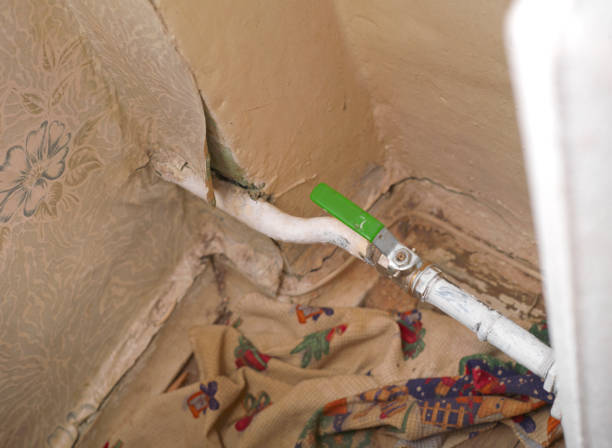Fire alarm systems are crucial components of any building’s safety infrastructure. These systems are designed to detect and alert occupants to the presence of a fire, allowing for a timely evacuation and preventing potential injuries or fatalities. In order for fire alarm systems to be effective, they must be carefully designed and implemented with maximum efficiency in mind.
One key design strategy for maximizing the efficiency of fire alarm systems is ensuring that they are properly integrated with other building systems. This includes connecting the fire alarm system to the building’s HVAC system, so that air handling units can shut down in the event of a fire to prevent smoke from spreading throughout the building. It also involves integrating the fire alarm system with access control systems, so that doors can automatically unlock during an emergency evacuation.
Another important design strategy is selecting the right type of detection devices for each area of the building. Different environments require different types of detectors – for example, heat detectors may be dive in for more kitchens where smoke from cooking could trigger false alarms, while smoke detectors are better suited for bedrooms and living areas. By tailoring detection devices to specific areas within a building, false alarms can be minimized and response times can be optimized.
Proper placement of detection devices is also critical for maximizing efficiency. Detectors should be strategically located throughout a building to ensure early detection of fires in all areas. This includes placing detectors near potential sources of ignition such as kitchens or electrical rooms, as well as near exits and stairwells to facilitate safe evacuation routes.
Regular maintenance and testing are essential components of efficient fire alarm system design. Systems should be inspected regularly by qualified technicians to ensure that all components are functioning properly and that any issues are promptly addressed. Regular testing should also be conducted to verify that alarms sound correctly and that communication pathways remain operational.
In addition to these design strategies, it is important for building owners and occupants to understand how their fire alarm system works and what steps they need to take in case of an emergency. This includes knowing where pull stations are located, understanding evacuation routes, and participating in regular drills.
By implementing these design strategies and fostering a culture of safety within their buildings, property owners can ensure that their fire alarm systems operate at maximum efficiency when they are needed most – during an emergency situation. Investing in proper design upfront can help save lives and prevent costly damage in the long run.




